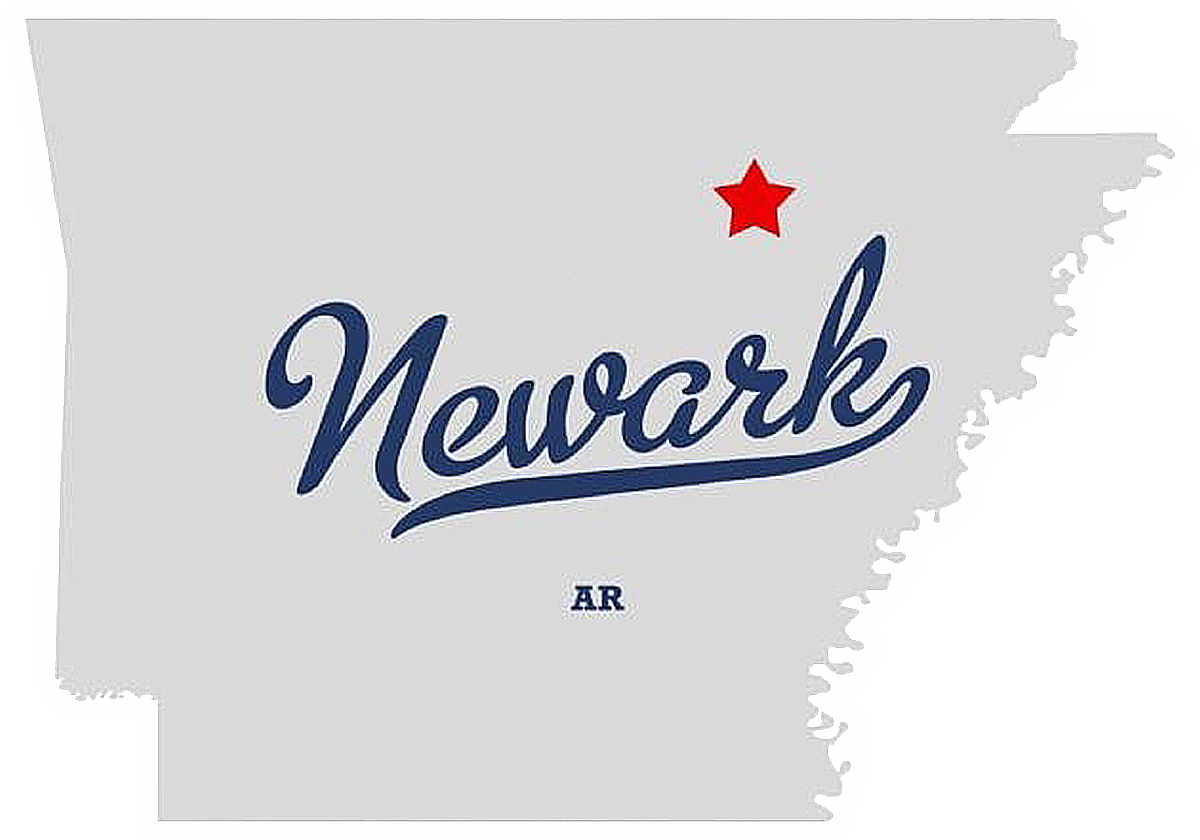The community features three sites on the National Register of Historic Places. The Dearing House, originally constructed around 1890 in Akron, represents the movement of people from river areas to places where rail served. It was moved to Newark in 1901. The Akron Cemetery, originally a Native American burial ground, contains graves of white people dating from the 1840s. The last overhead-truss steel bridge in Independence County, built in 1909, is west of the Akron Cemetery. Newark has laid claim to a couple of firsts and seconds in Arkansas. Its extensive 1910 sidewalk improvement project was perhaps the first bond project of resident Thomas J. Raney, who later moved to Little Rock and founded the investment firm T. J. Raney & Sons. The firm is still in business. Dan C. Moore established the state’s second radio station, KGCG, in the Moore Motor Co. in September 1926. Koleta’s Kurio Kabin was an almost-forgotten 1930s museum that housed the collection of Koleta Walker, who grew up in nearby Sulphur Rock (Independence County) and, with the help of her great uncle Warfield Sanders, built the museum just west of Newark. It displayed artifacts and relics from all over the world and included a gun and Native- American collection. In 1935, she acquired a piece of fabric from Wiley Post’s original Winnie Mae, the Lockheed Vega aircraft in which he made two trips around the globe. However, the museum had closed by 1939.
Singing movie star Tex Ritter made Newark a favorite stop on his tours. The Royal Theater played so many of his movies that he visited the town and returned several times after getting to know some of the people. Ritter dedicated the song “It Makes No Difference Now” from his 1939 movie Down the Wyoming Trail to the women of Newark.
In 1951, Raymond F. Daboll, who has been called America’s greatest calligrapher, moved to Newark. He was a contemporary of many of the country’s great illustrators and graphic artists. Designers and executives from Chicago, Illinois, and New York, New York, found their way to Newark to work on projects that were distributed nationwide.
--Encyclopedia of Arkansas History And Culture
Water Quality Reports

